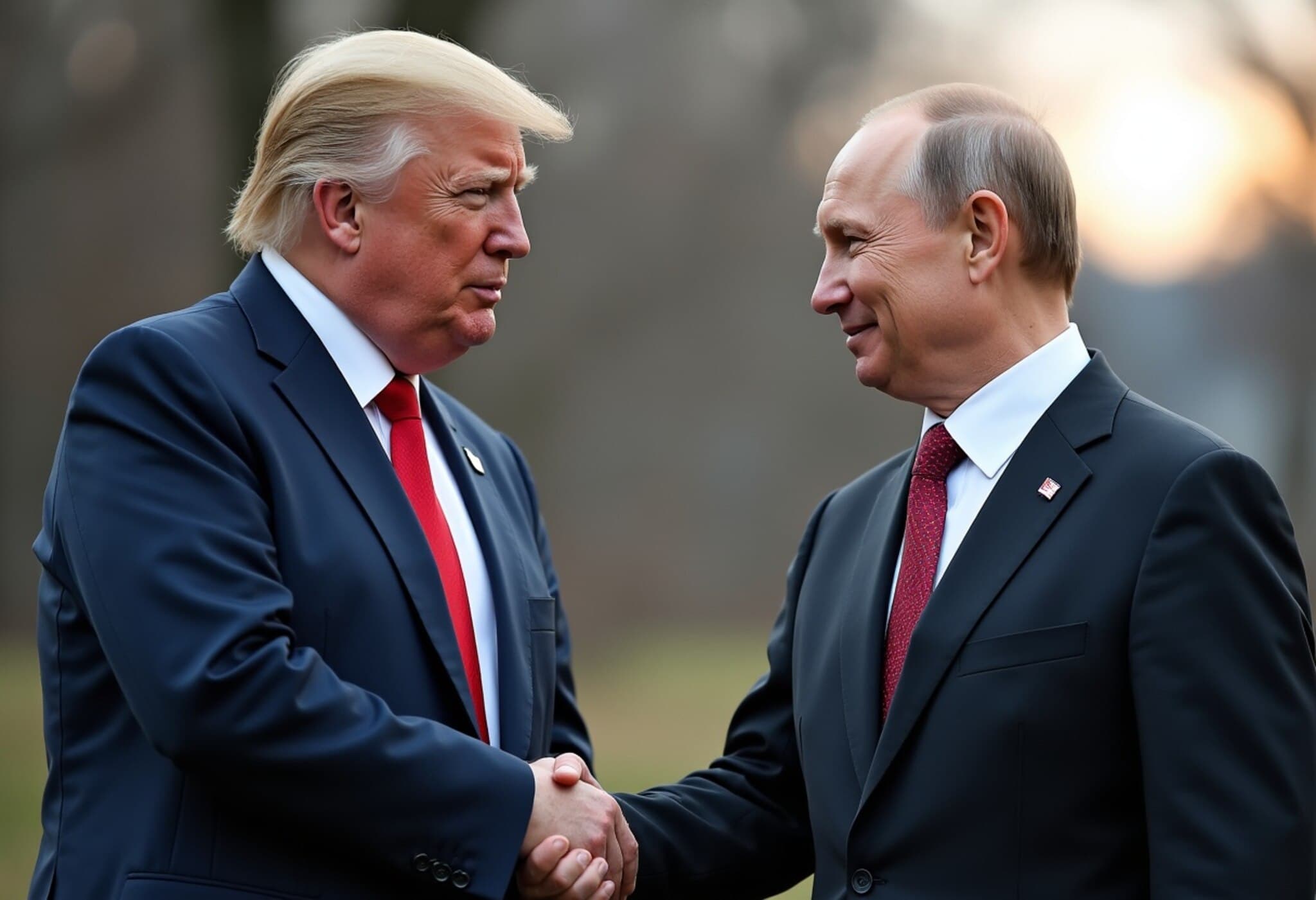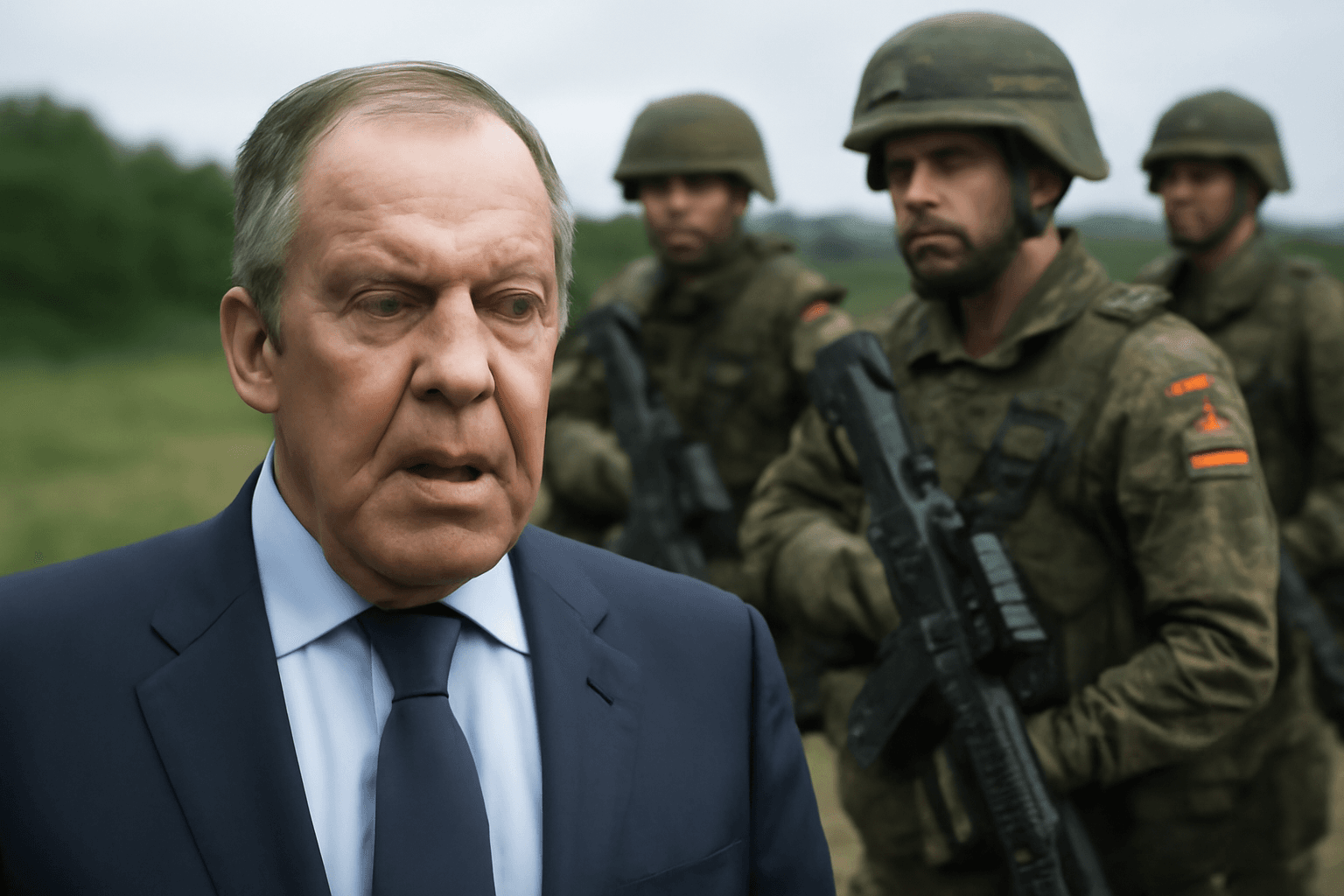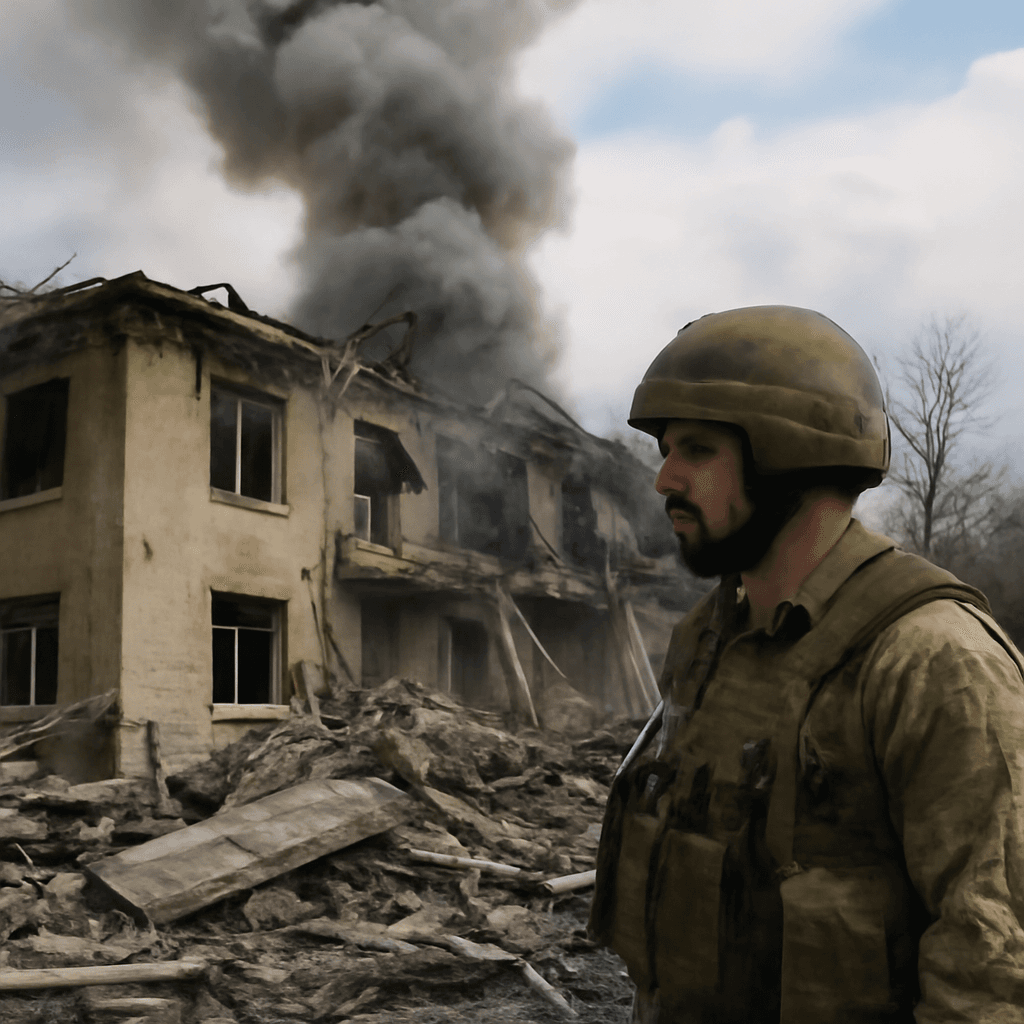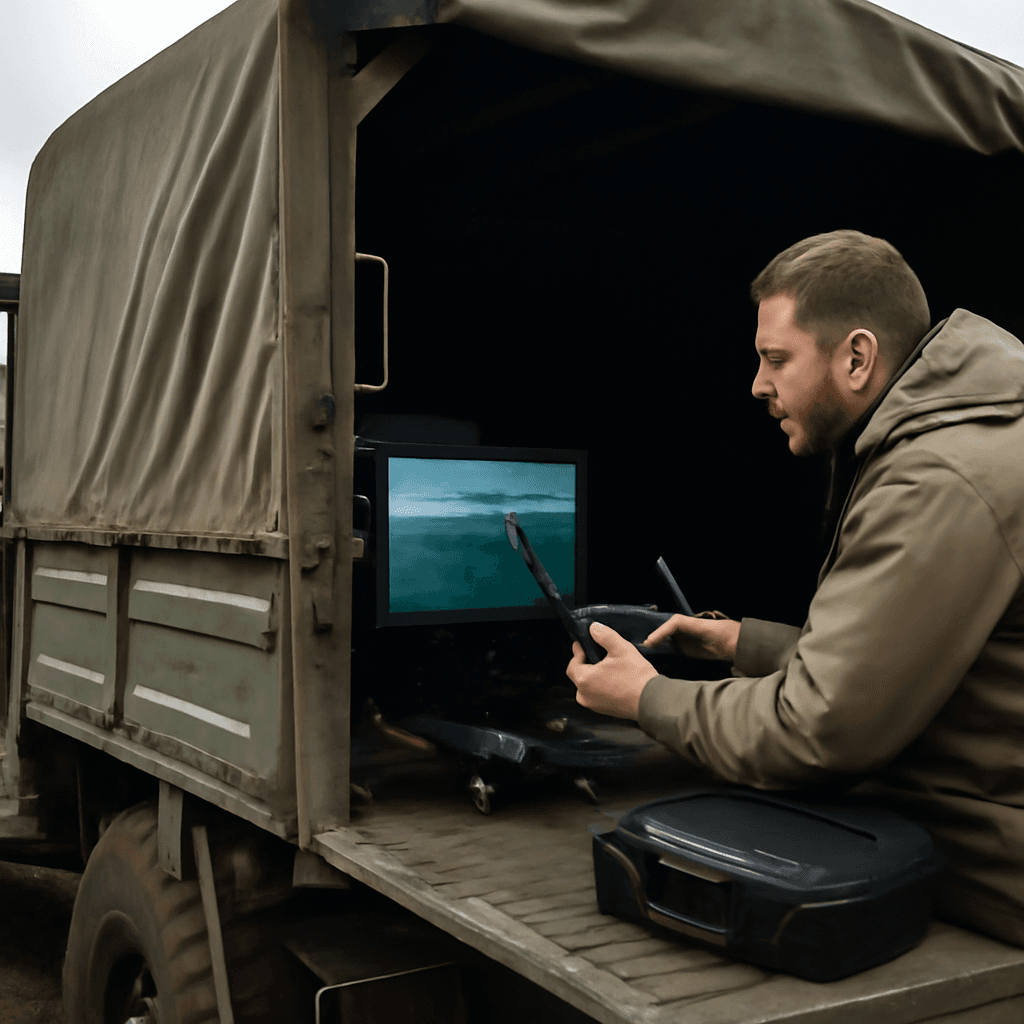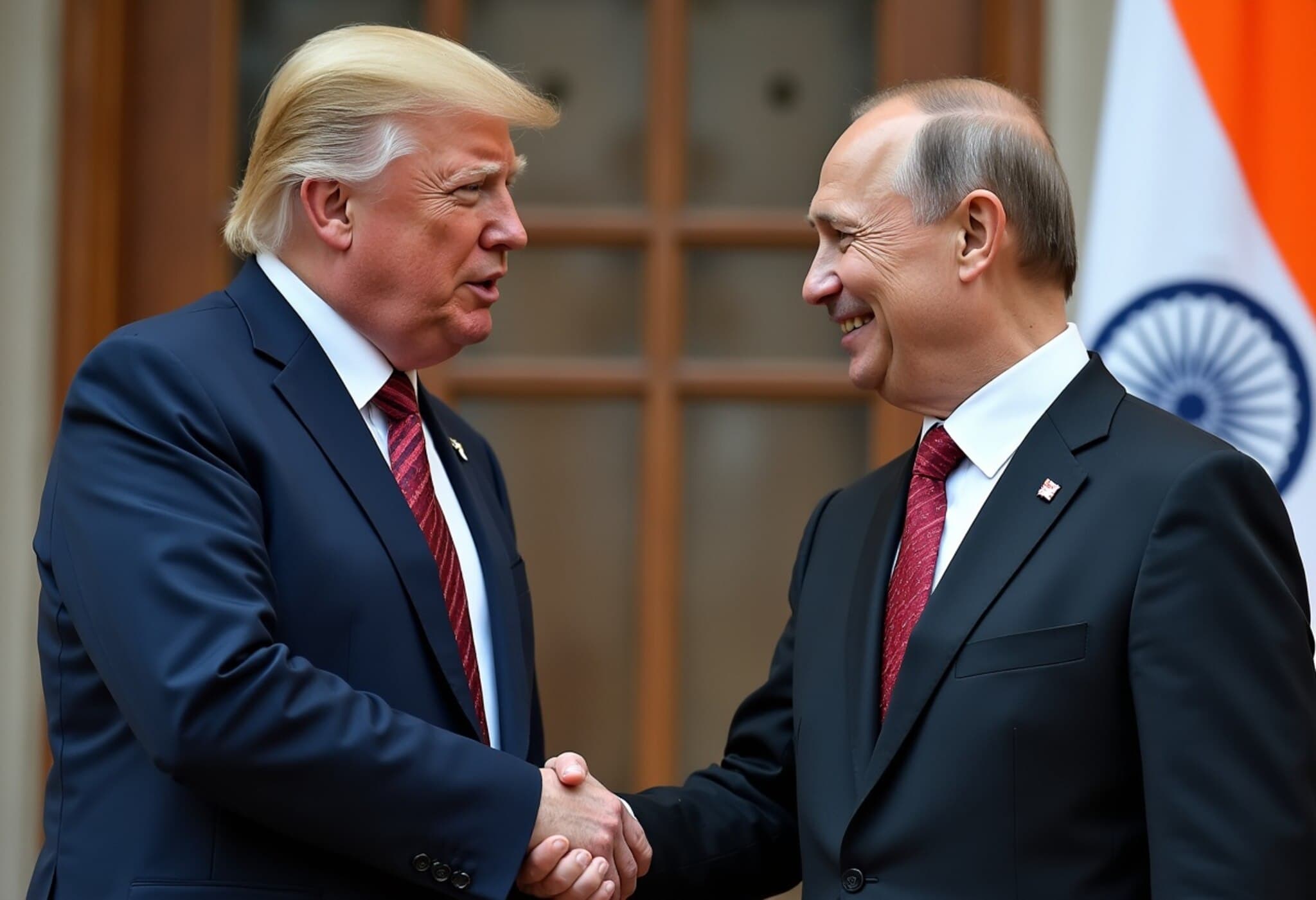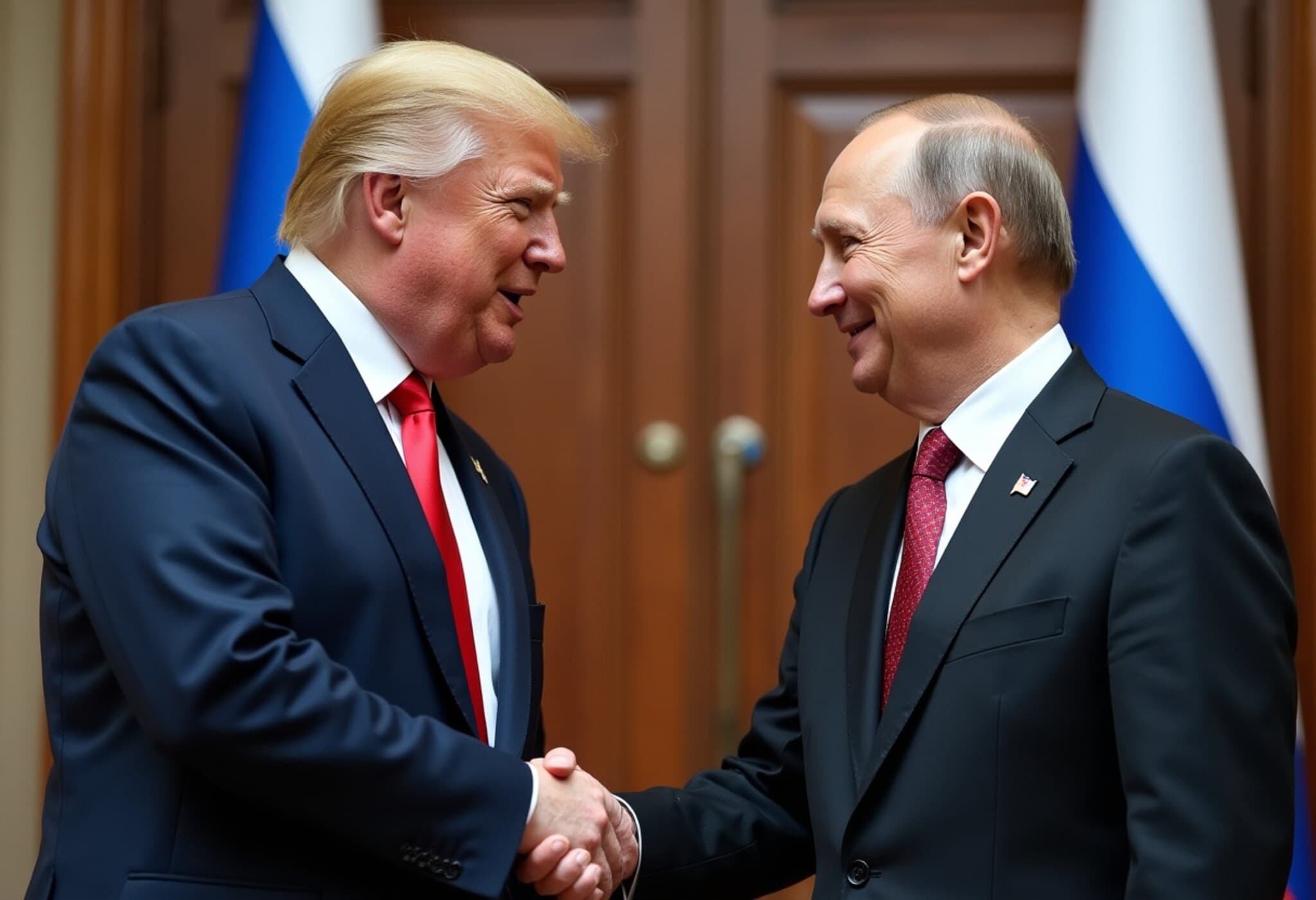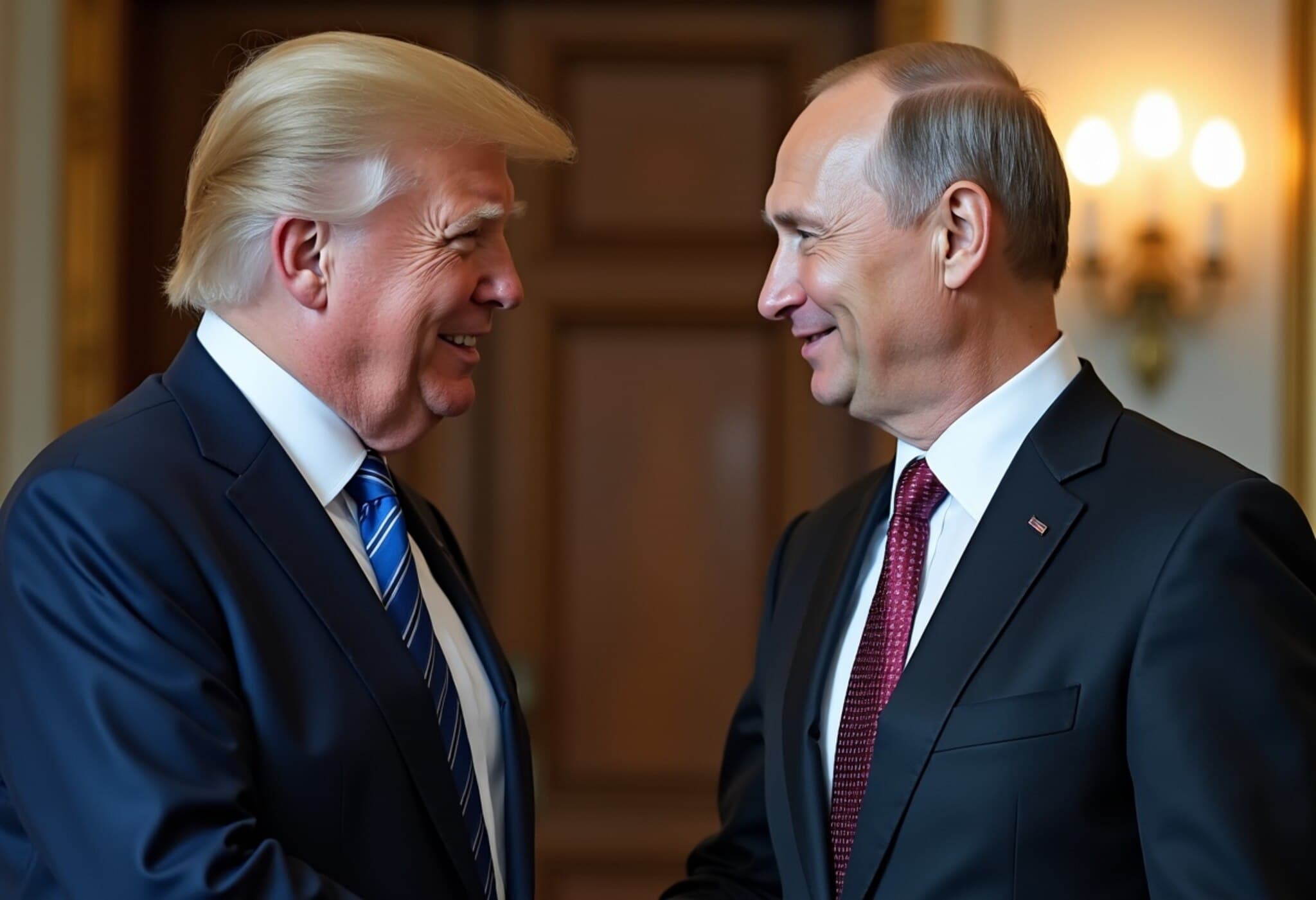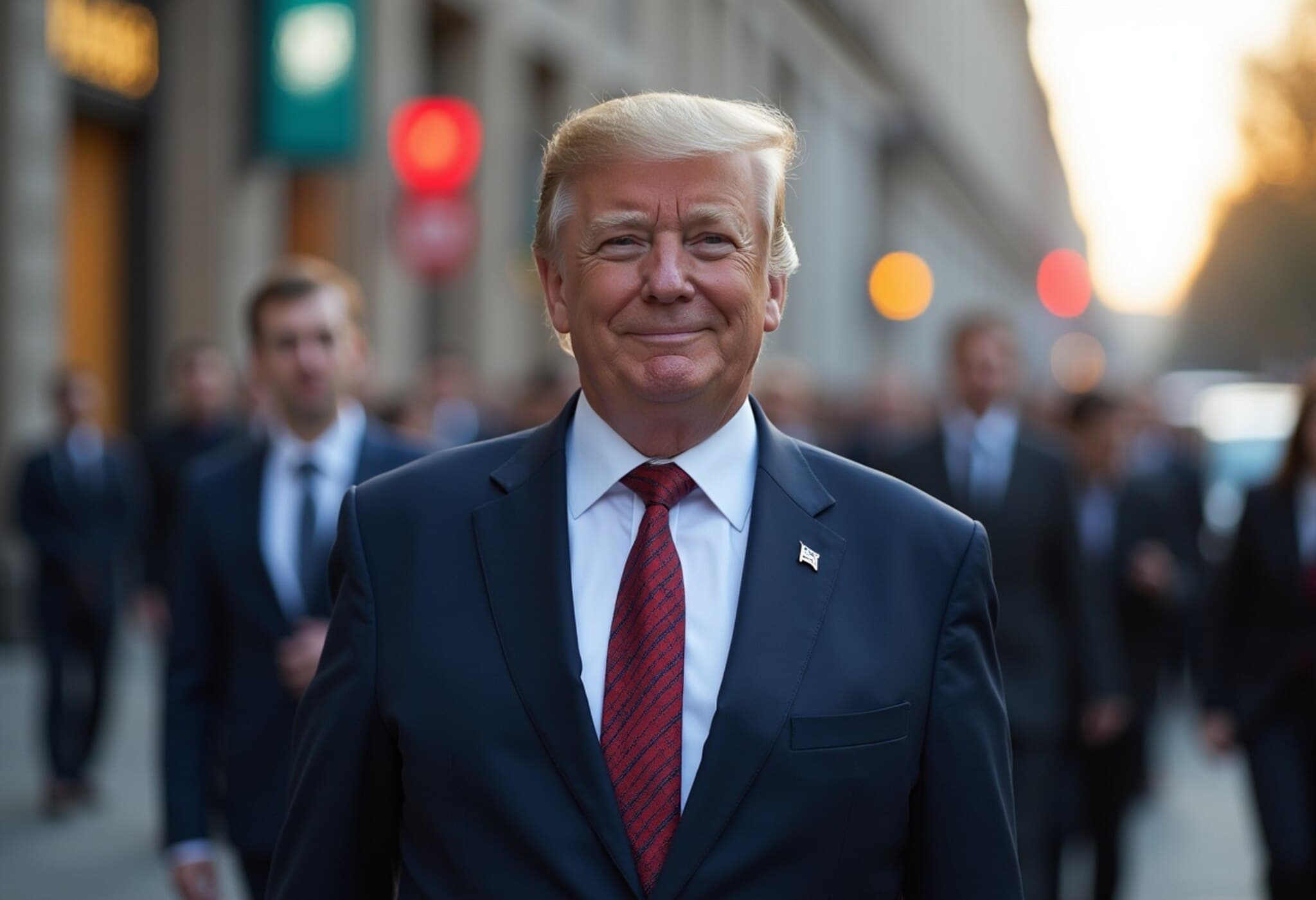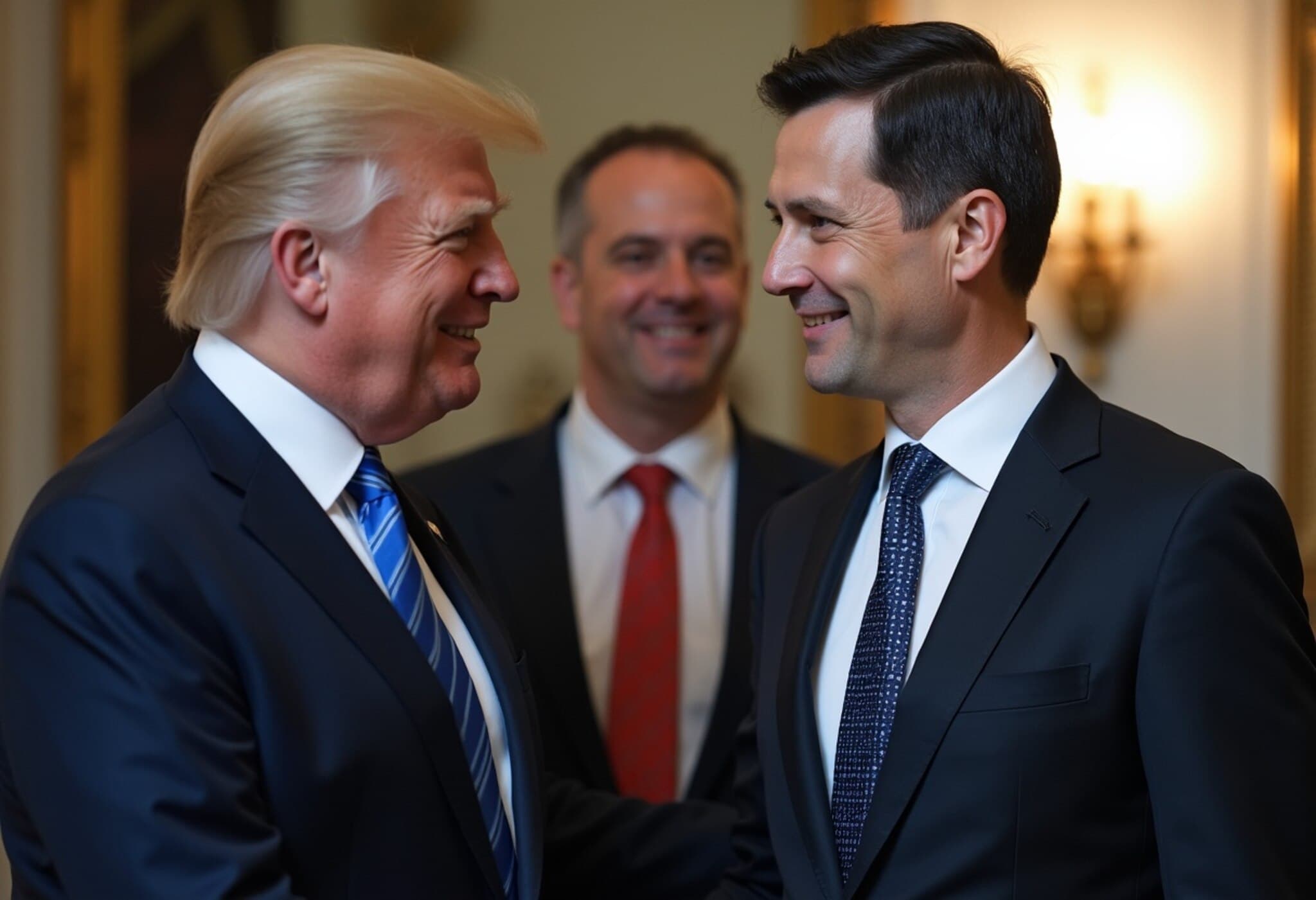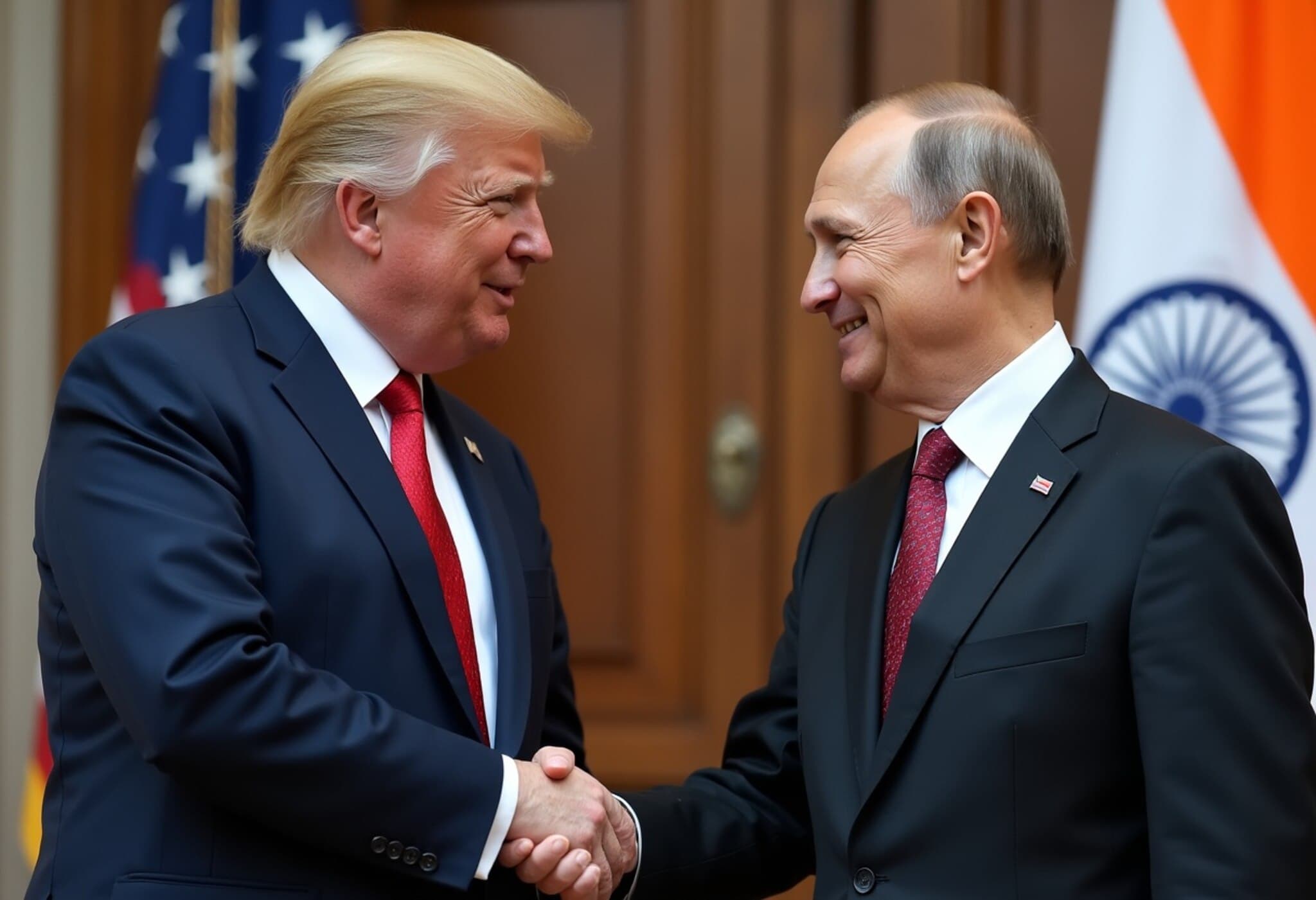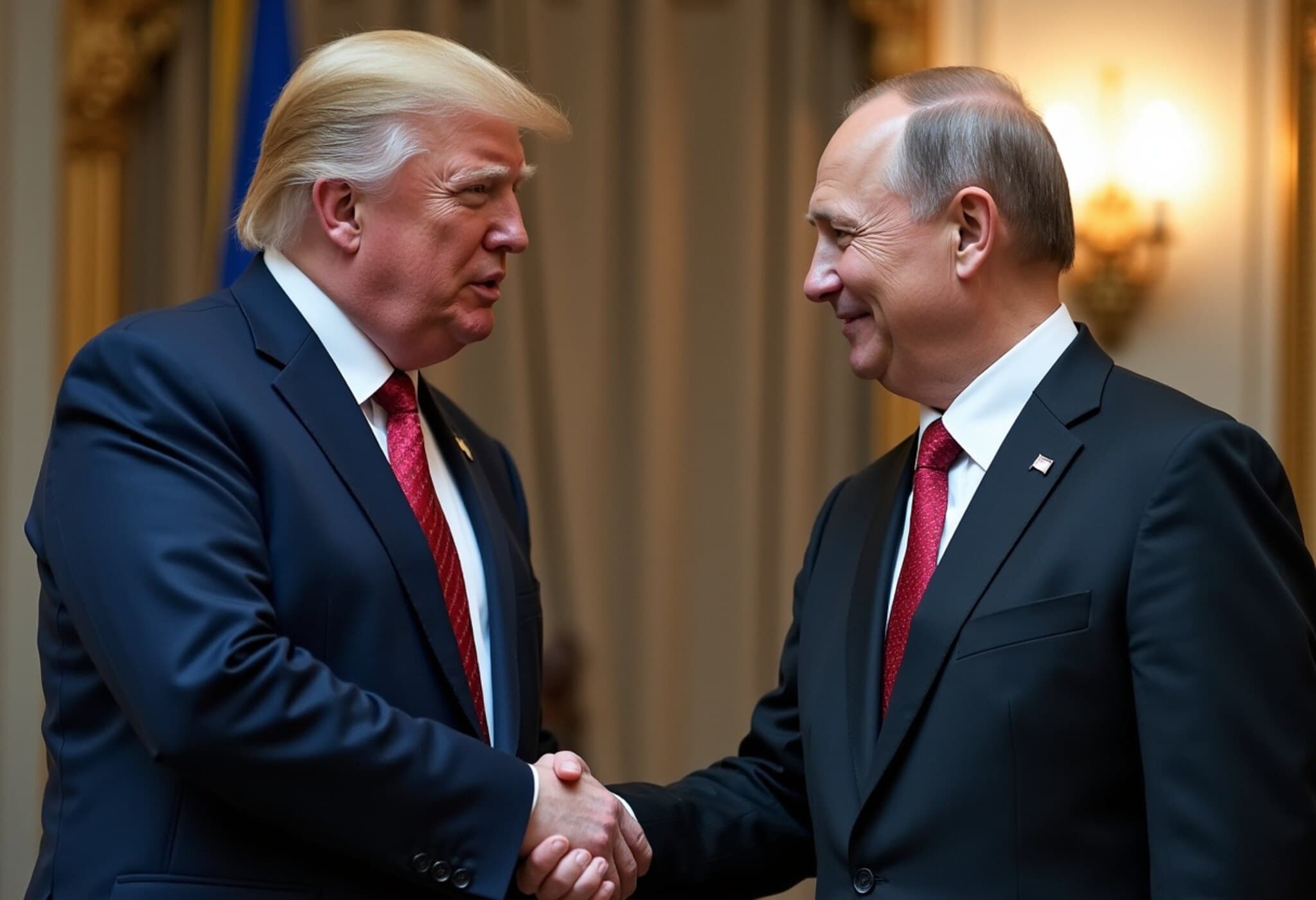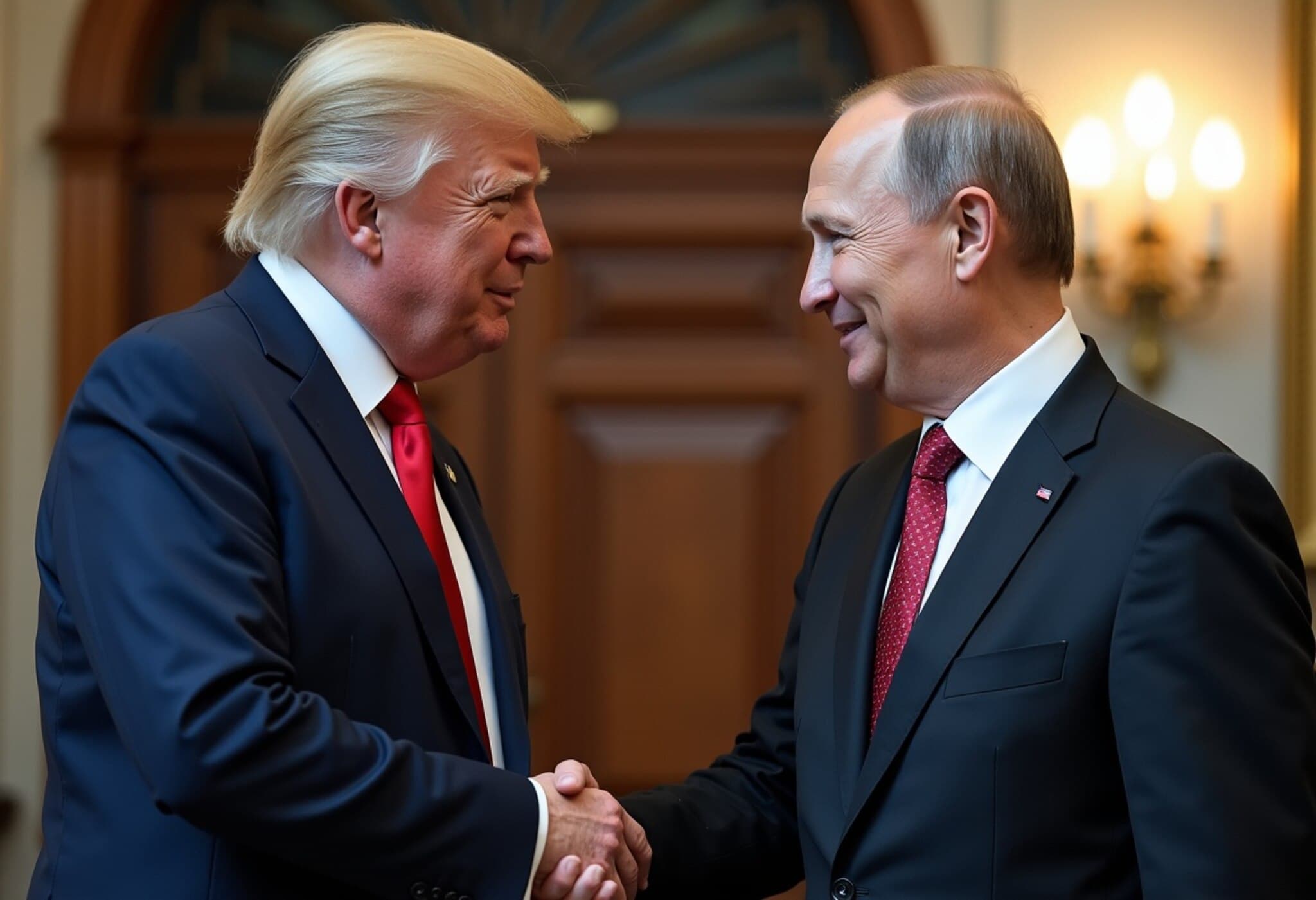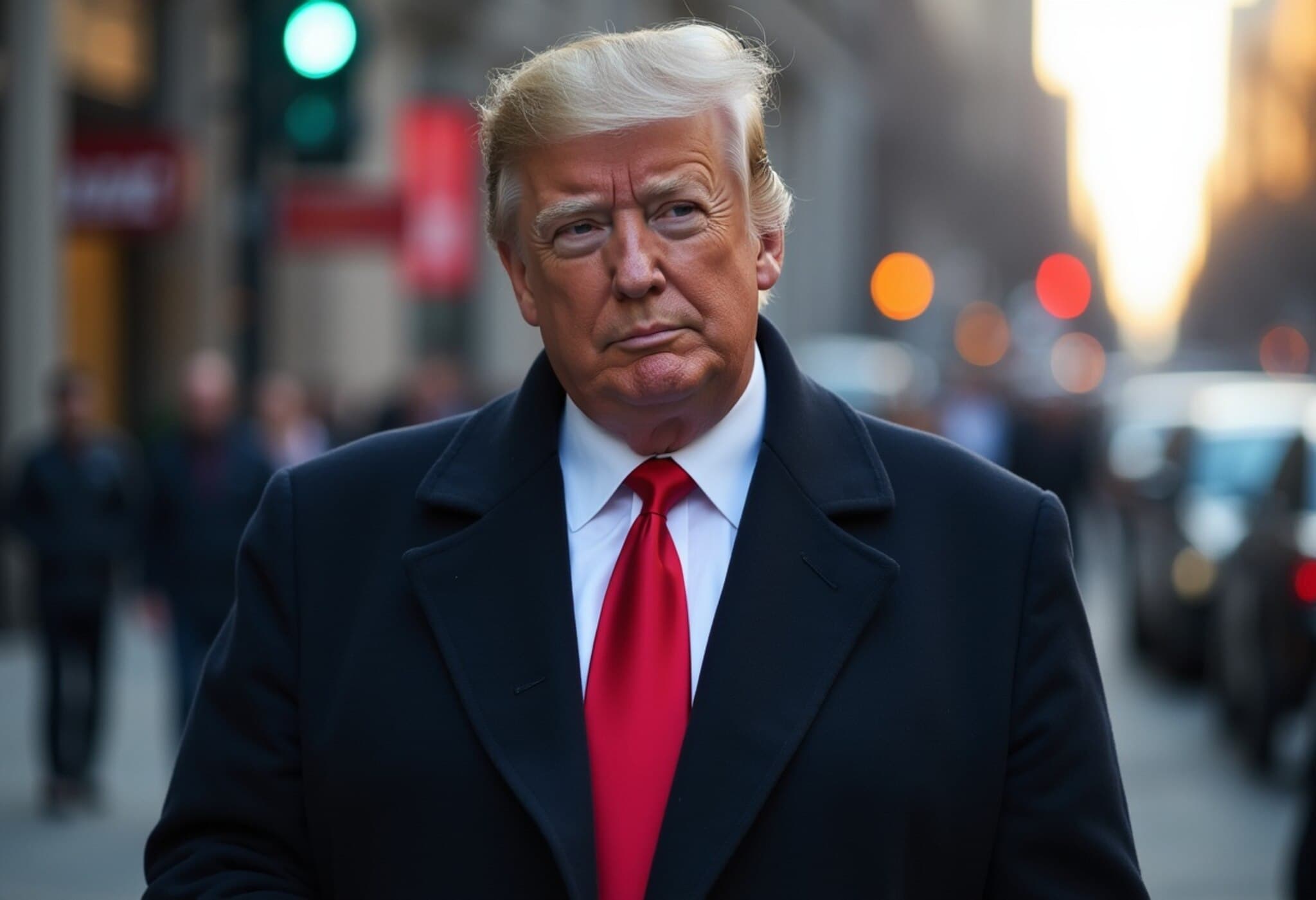Trump-Putin Summit in Alaska Rekindles Historical Ties and Raises New Questions
In a summit poised to carry substantial geopolitical weight, former U.S. President Donald Trump is set to meet Russian President Vladimir Putin at Elmendorf Air Force Base in Alaska. This meeting is remarkable not only for the stakes—discussions around Ukraine’s future — but also for the venue’s symbolic resonance. Alaska, once a Russian territory until its 1867 sale to the United States, now hosts a dialogue that could redefine regional and international security dynamics.
Alaska’s Cold War Legacy Looms Over the Talks
Elmendorf Air Force Base isn’t an arbitrary choice. Throughout the Cold War, this site stood as a sentinel guarding North American airspace from Soviet threats. Its emblem, "Top Cover for North America," echoes its critical defense role. Today, it represents a metaphorical bridge between past adversaries — a former Soviet foe on American soil hosting the Russian president for the first time since Russia’s 2022 invasion of Ukraine.
The optics are striking: Putin, indicted by the International Criminal Court, setting foot on Western ground for a high-profile summit. Trump has confirmed that Putin proposed the meeting, stirring debate on possible negotiation topics—including the contentious subject of Ukrainian territorial concessions. This notion immediately evokes a controversial question: should sovereign land ever become a bargaining chip in geopolitical conflict resolution?
The 1867 Alaska Purchase: Context Behind the Sale
Alaska’s history under Russian rule began in the mid-18th century, driven by fur traders hungry for sea otter pelts rather than military conquest. By the 1780s, Siberian expanses in the New World were managed by the Russian-American Company, granted monopolistic trade and governance rights by Empress Catherine the Great.
Fast-forward to post-Crimean War Russia: the empire was financially drained, with an overstretched military and growing unease about British naval strength in the Pacific. Maintaining Alaska became strategically and financially untenable.
Eduard de Stoeckl, Russia’s emissary to Washington and the architect of the sale, candidly acknowledged in correspondence that the decision was less about choice and more about inevitability: either sell Alaska or risk losing it without compensation. The $7.2 million price tag—equivalent to roughly $150 million today—was a strategic bargain amidst greater geopolitical calculus rather than mere real estate.
Mixed Reactions and Long-Term Consequences
- Russian Perspective: In St. Petersburg, the sale was perceived by some as a humiliating blow, erasing one of Russia’s last North American footholds. The transaction challenged national pride, especially following the humiliation of the Crimean War.
- American Skepticism: Meanwhile, in the U.S., Secretary of State William Seward faced derision for what critics called "Seward’s Folly," a frozen wasteland purchase with dubious value.
- Economic Transformation: History proved critics wrong. Subsequent gold rushes and rich oil reserves turned Alaska into an economic asset critical to U.S. interests.
- Diplomatic Ripple Effects: Post-sale relations improved briefly, exemplified by grand diplomatic visits such as that of Grand Duke Alexei Alexandrovich to New York in 1871.
What the Summit Means for Ukraine and Global Diplomacy
As Trump and Putin convene on this historically charged ground, observers must ask: will history simply repeat, or will new chapters be written with respect for sovereignty and international law? Ukraine’s territorial integrity remains at the heart of global concern. The risk of negotiations involving land concessions echoes darker precedents from history where great powers pitted smaller states against each other with lasting consequences.
Expert Insight: According to international relations scholar Dr. Amelia Novak, "The symbolism of holding these talks in Alaska is not lost on either side. It underscores a complex legacy of power shifts and contested sovereignties. The critical challenge will be ensuring Ukraine’s right to self-determination isn’t eclipsed by realpolitik maneuvering."
Looking beyond the immediate geopolitical drama, this summit also raises broader questions about how history informs present diplomacy. Does revisiting such historically charged venues foster understanding, or does it risk reopening old wounds?
Editor's Note
The Alaska summit is more than a meeting point for two leaders; it is a venue imbued with layers of history that remind us how geography, economics, and politics intertwine through time. As the world watches, it is crucial to recognize that territorial integrity and human rights must remain at the forefront of any peace process, rather than the sacrifice of land for expediency. The legacy of the 1867 sale offers lessons on negotiation, power balance, and the long arc of historical consequences that must not be overlooked.
Readers are encouraged to consider: What role should historical symbolism play in diplomatic talks? How can nations balance strategic interests with respect for sovereign borders in conflict resolution? These questions remain at the heart of ongoing global challenges.

